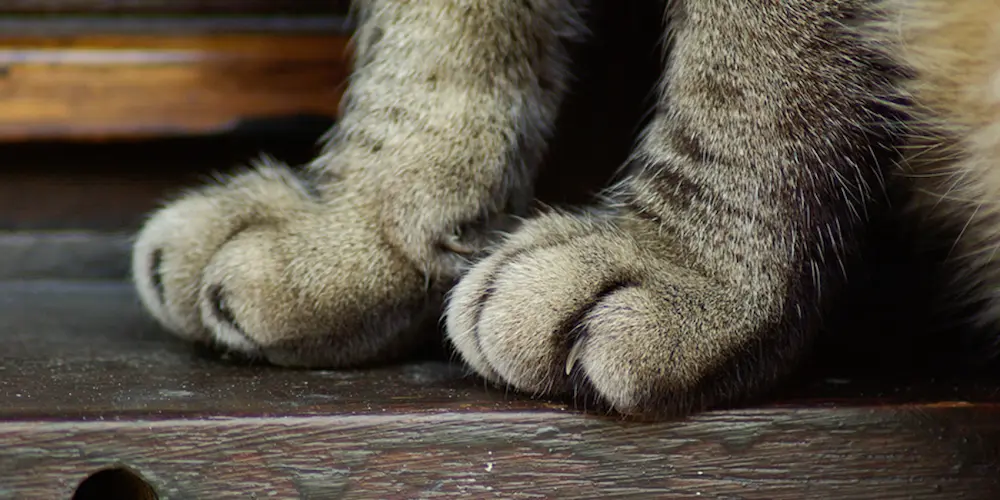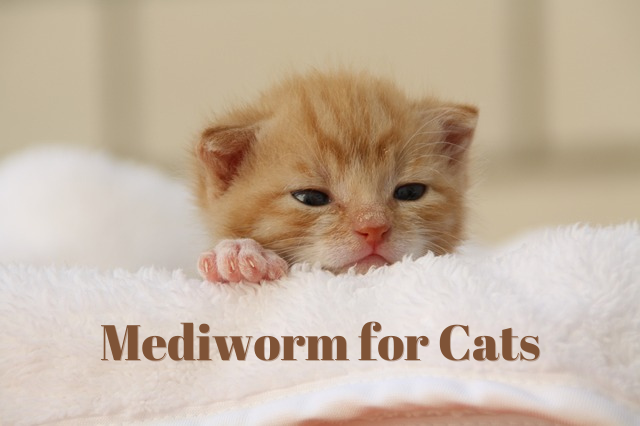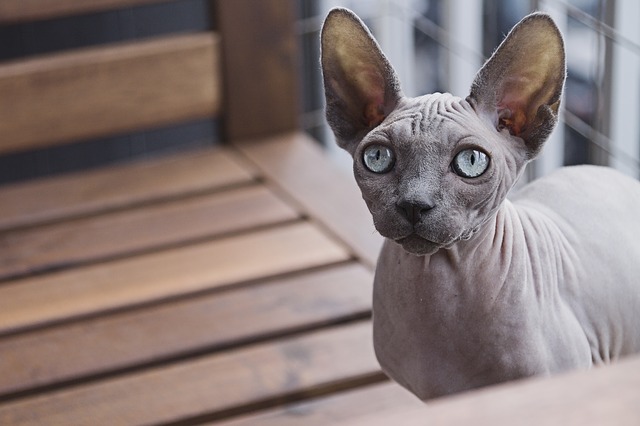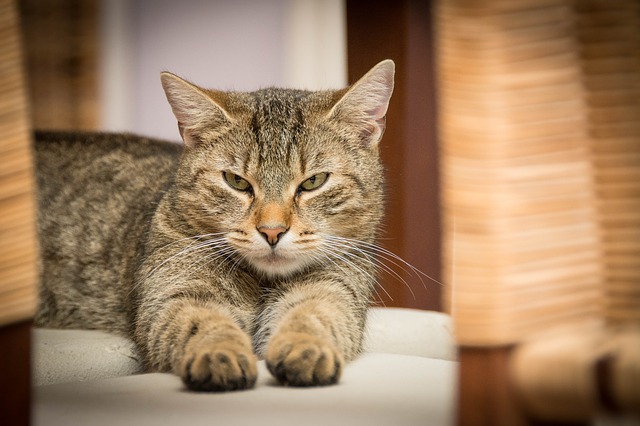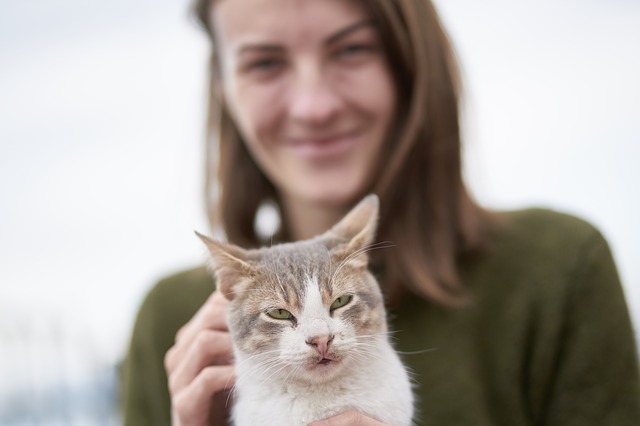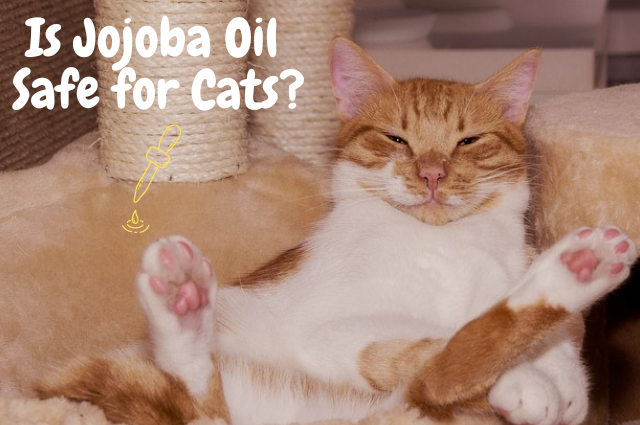Why Declawing Your Cat is a Harmful Practice And What You Should Do Instead
If you’re a
But here’s a truth that might surprise you: declawing isn’t just a simple manicure—it’s a procedure that can cause permanent harm to your
It’s crucial to understand why keeping your
Let’s explore why declawing is a practice best avoided and how to effectively manage your
Understanding Cat Declawing
Cats, the charming critters with claws, are beloved pets.
However, those claws can sometimes create problems, leading some pet parents to opt for declawing.
But the reality of declawing cats is far from a simple nail trim.
Here is a comprehensive understanding of what it entails.
The Declawing Procedure Explained
Cat declawing, or Onychectomy, isn’t just a claw trim; it’s an actual amputation.
The procedure involves the complete removal of a
This traditional practice is often performed with surgical scissors or a scalpel.
There are other methods such as Disarticulation where the claw’s bone is cut off using a scalpel or saw.
This reduces the chances of the claw growing back.
Another procedure gaining traction is Laser declawing.
It uses a high-energy light beam to vaporize the tissue surrounding the claw, offering some assurance of claws not growing back.
However, the complete removal of the bone or any amputation process carries a high risk of infection and can be an utterly painful experience for cats.
The Myth vs. The Reality
There are myths and misconceptions surrounding
The reality is quite different.
According to the American Society for the Prevention of Cruelty to Animals (ASPCA) and the Animal Legal Defense Fund (ALDF), declawing is an invasive, traumatic procedure akin to severing a human finger at the last knuckle.
What makes this practice even more problematic is that it’s pursued mostly for the owners’ convenience, ignoring the animal’s welfare.
Ontological needs like scratching are essential for cats as it aids in muscle toning and stress relief.
Opting for declawing puts cats at an increased risk of suffering from numerous health issues and behavioral changes such as pain, infection, tissue necrosis, lameness, and back pain.
Instead of resorting to such drastic measures, there are other alternatives available that are more humane.
Regular nail trimming, nail caps, and providing them with suitable scratching posts are effective and cause no harm to the cats.
Informed
Providing strategic scratching alternatives in the same room with such furniture not only offers a safe outlet for a
The key point to remember is, ensuring a
Declawing is indeed a
Health Risks Associated With Declawing
The declawing procedure goes beyond mere nail removal.
This invasive surgery results in loss of the last toe bone from where the nail grows, effectively amputating part of the animal’s digit.
Despite understanding the painful nature of this procedure and the long-term consequences, people often opt for it, prioritizing convenience over a
Declawing can lead to a myriad of health issues for your feline friend.
Immediate Surgical Complications
The initial risks post-onychectomy are undeniably alarming.
Administered anesthesia always carries a certain level of risk and may cause unexpected complications.
Post-surgery, the
Another daunting complication is the possibility of surgical incisions reopening.
This eventuality not only leads to additional bleeding and severe pain for your beloved pet but can also incur extra veterinary costs to repair the area.
Typically, cats stay in the hospital for one to two nights to monitor and manage bleeding, after which special aftercare, including pain medications and a particular type of
Long-Term Physical Effects
Declawing’s physical reminder doesn’t end with surgery; long-term effects can be severely debilitating.
Many cats become permanently lame or develop arthritis post-operation.
Moreover, by amputating the claw-bearing toe bones, the removal affects the
Declawed outdoor cats are also unable to defend themselves effectively without their claws and should remain indoors, a change that drastically affects their quality of life if they love the outdoors.
Psychological and Behavioral Consequences
Physical issues aside, declawing has significant psychological repercussions as well.
Cats may display changes in behavior due to the pain and discomfort they endure post-surgery.
Documented behavioral issues include litter box avoidance, biting, and aggression, particularly when paws are handled.
Additionally, scratching is not just a hobby; it’s a natural, stress-relieving behavior for cats.
Declawing eradicates their ability to mark territory or express themselves this way, potentially leading to heightened levels of stress and anxiety.
Ethical Considerations of Declawing
As a prominent topic among
The Amputation Controversy
Strictly speaking, declawing is not merely a nail removal procedure.
Surprisingly, it’s a feline amputation surgery.
It eradicates a vital part of the
Visualize the impact of one such amputation, now picture ten-times that effect—this is the actual calamity your adorable pet undergoes during declawing.
The post-surgery complications are immense.
Cats experience acute pain, difficulty in balancing, and an alteration in gait.
Not to mention, it thwarts their natural scratching behavior, leading to mounting frustration.
Declawing and Animal Welfare
Considering animal welfare, declawing appears to be a severe infringement on a
Nations like England, France, Israel, Brazil, Australia, and many US cities, among others, have acknowledged this violation.
Consequently, they’ve outlawed declawing in a bid to protect animals.
The Paw Project, an animal welfare organization, enlightens the public about the excruciating and debilitating consequences of
Their mission?
To promote animal welfare and abolish such cruel practices. It’s high time we perceive our furry pals beyond mere commodities existing solely for human benefits.
They have their unique personalities, emotional needs, and rights to live harmlessly.
The ethical implications of declawing transcend the mere convenience it provides to humans at a
Cats aren’t just pets but a part of our families, and they warrant love, care, and respect–not cruel practices like declawing.
Effective Alternatives to Declawing
Preventing cats’ natural behaviors can lead to negative side effects.
Rather than resorting to surgical procedures, I recommend more humane solutions.
Below, I detail alternatives to declawing, which serve the
Training Your Cat to Use Scratching Posts
Foster an environment that’s conducive to your
Using scratching posts or pads appeals to their innate desire to scratch.
Some cats gravitate towards wood textures, while others engage more with soft surfaces.
Make these areas more enticing by incorporating catnip or savory treats.
These zones curb unwanted scratching and allow your feline friend to engage in natural behavior— a win-win resolution for both parties.
Regular Nail Trimming Practices
Think of nail trimming as part of your
By keeping their nails short, you discourage destructive scratching.
Additionally, the implementation of nail caps can be a fruitful alternative.
These small, plastic accoutrements fit snugly on the claw, hindering damage without stifering scratching behavior.
Many nail caps in the market, such as Soft Paws, last at least a month— a discrete, affordable, and humane solution.
Environmental Enrichment for Natural Behaviors
You can also consider augmenting your environment to accommodate your
Double-sided tape, for instance, offers a cost-effective solution for deterring cats from clawing furniture.
When the tape is applied to areas that you wish to preserve, your
However, always remember to pair aversion with alternatives—latching onto the double-sided tape solution without providing a scratching post would feel unfair to your
It’s about encouraging natural behavior in a balanced and respectful manner.
In a nutshell, alternatives to declawing hinge on understanding and curating towards your
Patience, consistency, and a little bit of innovation can ensure your
Legal and Cultural Perspectives on Declawing
Given the ethical ramifications of declawing and its dire consequences for cats’ wellbeing, the practice’s legality varies significantly across the globe.
Additionally, cultural shifts in public opinion signal a growing awareness and acknowledgment of the harm in declawing.
Declawing Legislation Around the World
Global perspectives on this contentious issue are not uniform.
In several countries, declawing is strictly prohibited, fully recognizing its inhumane nature.
Countries such as the United Kingdom, Australia, and Brazil enforce this prohibition, ensuring protection for cats against this needless surgical mutilation.
In contrast, in the United States, declawing remains legal except in specific states or regions.
New York State, for example, passed a law in 2019 explicitly banning the practice, making it a trendsetter in the country.
Canada stands in the middle ground.
While certain provinces, including British Columbia and Nova Scotia, have bans in place, many others do not.
The inconsistency in legislation reveals the ongoing debate over the ethics and necessity of declawing.
How Public Opinion Is Shifting
Parallel to the changing legal landscape, public opinion is shifting.
As information circulates about the pain and behavioral issues declawing induces, more individuals are advocating against it.
Pet owners, veterinary practitioners, and animal welfare organizations are collectively working towards a more empathetic approach to dealing with
Studies reveal an increasing number of
The usage of scratching posts,
However, the fight is far from over.
Large-scale awareness and education still necessitate as many continue to advocate for declawing, oblivious of its dire consequences.
This battle underscores the critical connection between knowledge, understanding, and action in shifting cultural norms and practices around pet care.
Wrapping This Up
It’s clear that declawing cats isn’t just a simple procedure.
It’s a harmful practice that infringes on their natural behaviors and well-being.
We’ve seen how it’s viewed globally, with many countries outright banning it and public opinion shifting against it.
Advocacy for alternatives is growing, proving that there are humane ways to deal with
It’s our responsibility as
Let’s ditch the declawing and embrace kinder methods.
After all, education and understanding are key to changing the narrative around pet care. We owe it to our cats to make the right choice.
